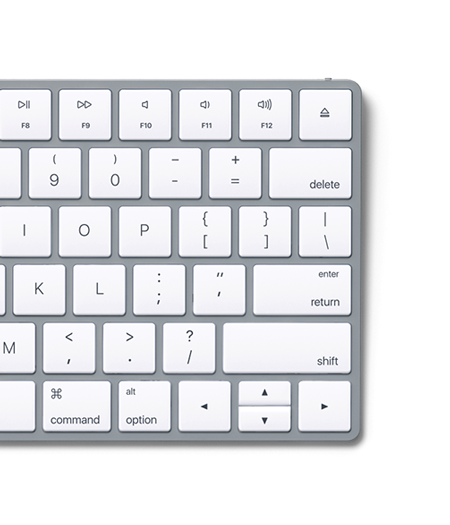I received a business card from a networking event. I do what I always do, went to my CRM to add it to my contact list. I wanted to send them a “thank you for coming to our event” email. There was a problem. No last name. I have never, in my career as a sales person, seen the likes of this. I can usually catch someones first name because its usually simple. Bob, Frank, Susie, etc and this one was no different. A simple first name. I know they told me their last name, however I can’t remember much less spell it. After hitting the ceiling about not knowing their last name, I thought, I will just look at their email address. Most of the time its first and last name (me excluded), and this is where I really shook my head. There was no email address…
<shocked face>
<more shocked face>
It is 2012. We email now. We connect on Linked In, Facebook, Google Plus, and ten others I have never heard of. Without the right information on your business card it is impossible for me to connect with you. If I can’t connect with you then I will never find out about you, learn to like you, exchange leads with you, let alone buy something from you.
I pitched the card in the trash. If they can’t make it easy for me to contact them, I’m not going out of my way to try to contact them. I can’t even find that person on LinkedIn, Facebook, or Google plus. I don’t have their last name. I will not be giving my money to this person.
I still am shaking my head. They had a lot of other things on their card, such as what they do, name of business, and their website address. However, no last name and no email.
Here is what to put on your business card. You can have other information, graphics or pictures on your card, but you need to have the following. Also, it needs to be in a size, font and color that makes it easy to read.
Your name — First and Last.
I am disappointed that I have to point this out. Do not hand out a business card with just your first name. Who do you think you are, Snuffleupagus?
Your Title.
In business, your title is a filter that people can use when contact you. Working at a small company I used to think I didn’t need to include my title. I had so many different roles, and I didn’t want to be egotistical. However, I realized that including my title wasn’t for my benefit, and that it helps people decide how to interact with me.
Your company name.
I have had cards before with no company name. Please don’t had me your personal card. I want your business card. If I meet you while networking I want to hire you or refer you as a business not a individual. Also, don’t hand me a stack of cards, pick one card. Don’t be the Dealer.
Your address.
I might want to come by and see you in person or on Google. I understand you might have a home office, then put a PO box. At an absolute minimum put your city and state.
Your phone number and email address.
You need to make it as easy to contact you as possible. Some things are best communicated over the phone, and somethings are best communicated using email.
Your website address.
You must have one of these. We can discuss how you succeed without a website, but you will lose the argument. Have a website, even if it is a simple one or a template. WordPress.com is more than acceptable. You don’t have to spend tens of thousands of dollars, but it is important that you have a web presence so that I can get to know you.
When you hand me your business card please make it easy for me to contact you. Until next week, Happy Hunting!
Find out more about finding the right prospects for your business, download our eBook:
[contact-form-7 id=”4050″ title=”Sales Leads eBook – What to put on your business card”]








